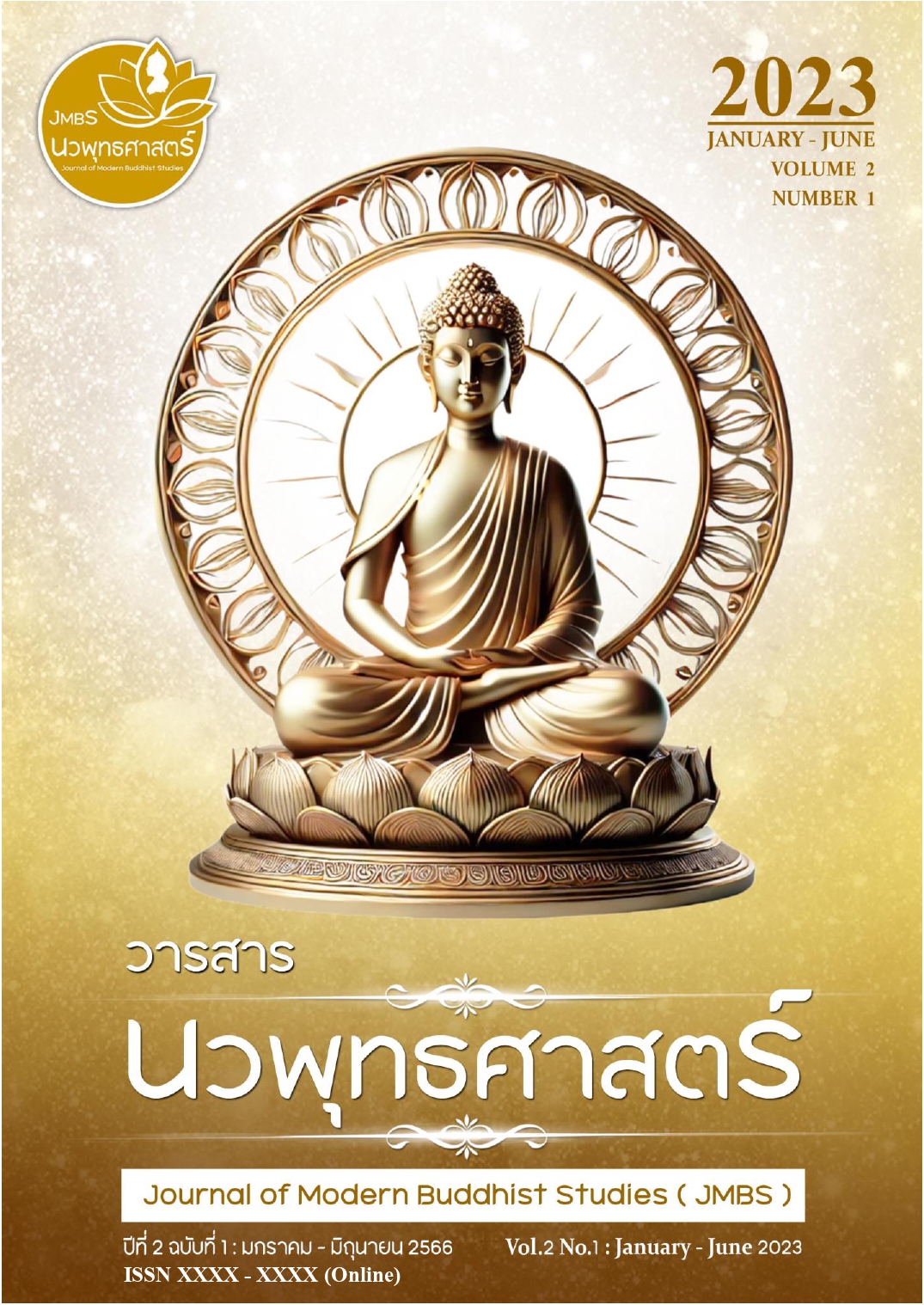METHOD: ZEN BUDDHISM
Keywords:
Path, Methodology, Zen BuddhismAbstract
This article explores the story of the Zen school, which evolved from the Mahayana tradition. Originating in India, Zen spread to China through the teachings of Bodhidharma, who introduced it there. When Zen reached Japan, it branched into two major sects: Rinzai Zen and Soto Zen. Rinzai Zen Methods: Rinzai Zen emphasizes four key practices: Zazen – Seated meditation. Sanzen – Zen dialogues or private interviews between teacher and student. Mondo – Philosophical question-and-answer sessions. Other methods – These include techniques like counter-questions, encouraging self-awareness in disciples, or even scolding and striking as forms of guidance. Soto Zen Methods: Soto Zen primarily focuses on two principles: Zazen – Seated meditation. Sanzen – Teacher-student dialogue, conducted in a tranquil and reflective manner. Soto Zen emphasizes calm and consistent training, reflecting a more conservative and meticulous approach compared to Rinzai Zen's progressive and dynamic methods. Common Ground: Despite their differences, both sects share foundational qualities such as patience, perseverance, and an unyielding will in their practice. Enlightenment in Zen – Satori: Zen enlightenment, known as Satori, represents a sudden and direct realization of truth. The path to Satori involves five stages of development. The mind of someone who attains Satori is unique and beyond the comprehension of others. Enlightenment in Zen often manifests in immediate and straightforward experiences.
References
Taweewatana Pundharikawiwattana (1987). The Light of Zen. Bangkok: Rungsaenkarnpim.
Phra Thammakosachan (Buddhadasa Bhikkhu) (2019), Platform Sutra. Bangkok: Dhamma-sapha.
Sathien Bhodhinanta (2012). Mahayana Philosophy. 6th printing. Bangkok: Mahamakut Buddhist University.
Sucheep Punyanupharp (2007). Tripitaka Edition For The Public. 17th printing. Bangkok: Mahamakut Buddhist University.
Daisetz T (1970). Suzuki. Zen and Japanese Culture. New York: Princeton University Press.
Daisetz Teitaro Suzuki (1961). “Zen Buddhism.” Masterpieces of World Philosophy in Summary Form. New York: Harper & Row.
Irmgard Schloegl (1976). The Zen Teaching of Rinzai. (Londo: Shambhala Publications.
Thomas Hoover (1980). The Zen Experience. New York: Penguin Group.
Wikiwand (2023). Five Mountain System. [online] Source: https://en.wiki-pedia.org/wiki/ Five_Mountain_System.
Wikipedia (2023). Soto [online] Source: https://en.wikipedia.org/wiki/Soto.

Downloads
Published
How to Cite
Issue
Section
License

This work is licensed under a Creative Commons Attribution-NonCommercial-NoDerivatives 4.0 International License.





